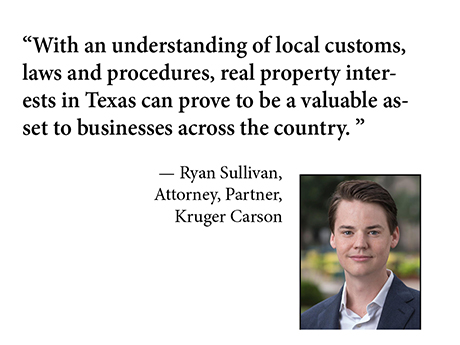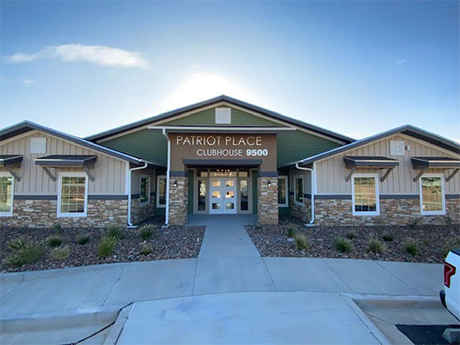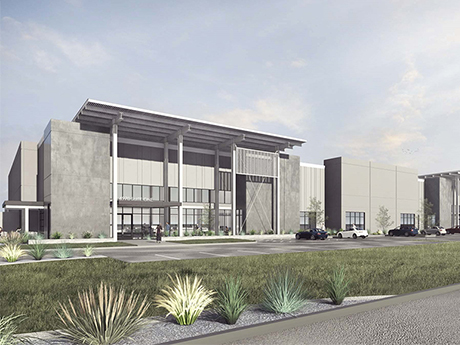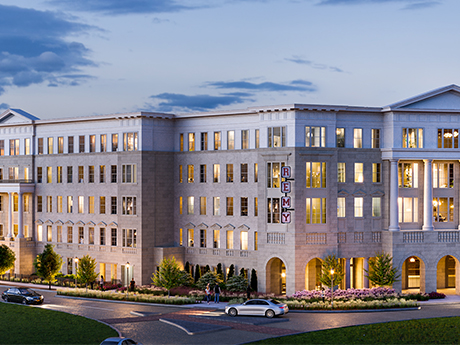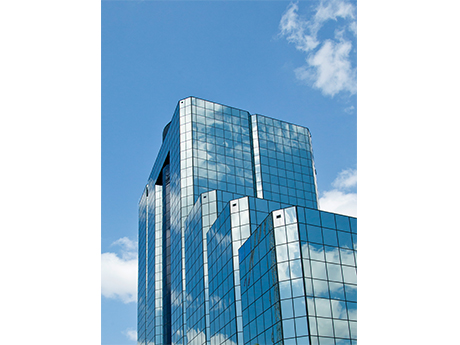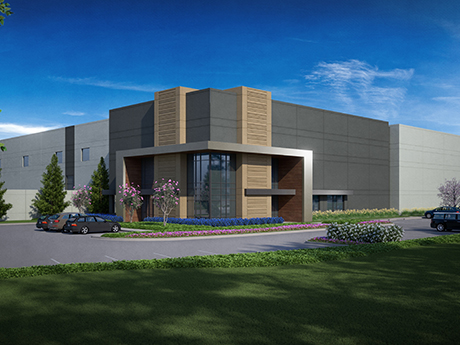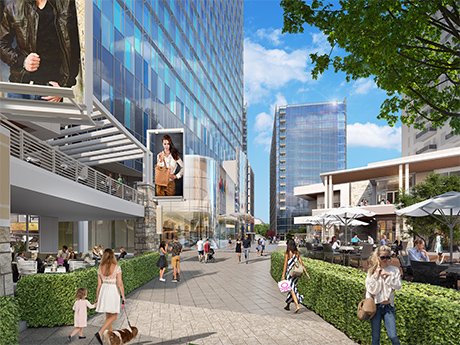By Ryan Sullivan, partner, attorney, Kruger Carson PLLC Over the last few years, record numbers of businesses have relocated to Texas to take advantage of the strong economy, including a red-hot commercial real estate market. Whether a party intends to acquire or lease real property, he or she must be aware of several customs and laws that make Texas real estate transactions different from those in other parts of the country. Below is a high-level survey of some of these issues. Independent Consideration Purchasers of real property in Texas will want to ensure that their purchase agreements include payments of sums that they cannot recoup even if they terminate during their “free look” period. Otherwise, Texas courts have taken the position that purchase agreements are not enforceable against sellers until some portion of the earnest money has become nonrefundable. Deceptive Trade Practices The Deceptive Trade Practice/Consumer Protection Act (DTPA) is intended to protect consumers against unconscionable business practices or unequal bargaining power. The DTPA does not apply to many commercial transactions, but because of the high potential for liability, a carefully drafted waiver should be included in most purchase agreements and leases as a matter of best practice. Closing Costs …
Market Reports
By Cody Roskelley, senior developer at Pennrose Texas has experienced tremendous residential growth over the last few years. Families are leaving high-cost, high-tax areas like New York and California for more affordable alternatives. According to The Tax Foundation, Texas was one of the Top 10 U.S. states for inbound migration in 2021, posting population growth around 1.3 percent on a year-over-year basis. With population increase also comes opportunities for economic growth and regional investment. However, having high-quality, affordable and workforce housing stock is key to the state successfully capitalizing on this moment. Between historically high rates of inflation and single-family home prices, as well as aggressive interest rate hikes, having the affordable housing infrastructure in place to attract new residents is critical. While most people generally agree that there is a need for more affordable housing, there is often local pushback once such communities are proposed in their neighborhoods. Much of the opposition stems from a lack of understanding of what affordable housing is — and isn’t. For example, individuals making anywhere between 30 to 80 percent of the area median income (AMI) can qualify for affordable housing. There are also several different subcategories of affordable housing: Low-Income Public Housing: …
By Taylor Williams Much as the commercial community and society at large would like to avoid a recession, prolonged periods of contraction are part of the natural economic cycle, and the U.S. financial powers that be appear to be on a collision course for exactly that scenario. But for assets classes backed by exceptional demand drivers and fundamentals, like industrial real estate in major Texas markets, is there really a need to sweat a downturn? Like any conflict, the battle between macro- and micro-level forces essentially comes down to magnitude. Will the severity of interest rate increases — three separate hikes totaling 200-plus basis points in a few months — prevail over robust tenant demand that has fueled record occupancy and rent growth throughout Texas and beyond in recent years? Only the Federal Reserve can speak to the first variable. The nation’s central bank appears hell-bent on whipping inflation, which registered a year-over-year increase of 8.3 percent in August, and is seemingly resigned to the inevitability of recession as a byproduct of its monetary policy. As for the competing forces that are industrial fundamentals, third-quarter figures were not available at the time of this writing. But, using Dallas-Fort Worth (DFW) …
By Kevin Leamy, senior vice president, debt & equity, Northmarq Dallas-Fort Worth (DFW) has been one of the hottest multifamily markets in the country over the past five years. And as the area’s growth pushes further north, developers and investors are finding plenty of liquidity to support transactions. The northern DFW suburbs experienced a huge inflow of people over the past several years. The growth to suburbs such as Addison, Richardson, Plano, Frisco and McKinney gained even more traction during the pandemic. An increasingly diverse employer base and corresponding job growth are attracting people and driving demand for both for-sale homes and multifamily units. Instead of making a long commute into downtown Dallas or Fort Worth, there are now several big employers in North Dallas that offer high-quality jobs. One key catalyst for expansion was the opening of Toyota’s North American headquarters in Plano five years ago. The 100-acre campus is home to more than 4,000 employees. Other major corporations have followed, including the newly opened regional headquarters for J.P. Morgan Chase. Another factor drawing new residents to the area is strong schools, including a reputation for some of the best elementary and high schools in the country. Multifamily developers …
As the volume of commercial real estate demand, deals and development skyrockets throughout Texas, the industry is working to curate the talented workforce needed to sustain growth, with an emphasis on short-circuiting the gap between education and application. As with any business, understanding the historic principles, ethics and philosophies that govern how commercial real estate is practiced can augment anyone’s career. In addition, it doesn’t hurt to possess certain personality traits — articulation, sociability, self-motivation — that have long been associated with commercial real estate “types.” But according to professors within real estate programs at some of the state’s prominent academic institutions, simulating actual work experience at the grassroots level is what really allows students and interns to thrive early in their careers. Just as important, the industry professionals who hire and train these individuals tend to support this approach. UT Austin At the University of Texas at Austin (UT), real estate is not a formal major that students can declare, but rather a concentration within the finance program in which both undergrad and graduate students can specialize. The program typically includes 100 to 150 undergrads and 15 to 20 graduate students pursuing a Masters of Business Administration (MBA) degree. …
By Brett Merz, senior vice president, KBS Texas continues to be a top state for job and population growth as its low cost of living and business-friendly policies attract companies and residents from other parts of the country. As such, many commercial real estate owners and operators are recognizing the state’s potential for increased leasing activity in the second half of 2022 and throughout 2023. The portfolio of KBS, which has long been investing in these markets, currently contains 16 office assets in these cities, and we continue to evaluate opportunities to acquire more that align with our investment strategy. Based on 30 years of experience in acquiring and operating premier office assets throughout Texas and beyond, here are a few trends we anticipate continuing for the remainder of 2022 and into next year. Rising In-Migration Major Texas markets including Austin, Dallas-Fort Worth (DFW), Houston and San Antonio are likely to remain magnets for in-migration. Residents are moving to these markets in search of a more affordable quality of life, which is aided by the absence of a state income tax. In addition, companies are seeking office space in a region with business-friendly tax policies. Austin, in particular, continues to …
By Chase Clancy, vice president, Colliers The Austin industrial market is booming. According to Colliers’ research, Austin’s industrial market continues to grow at an amazing clip, spurred by rapid population growth, major manufacturing relocations and new e-commerce and inventory trends. Despite the longstanding shadows that larger markets like Houston and Dallas have cast on Austin’s growth, the market is reaching a fever pitch of rising rents, tightening vacancy, significant new deliveries and equally noteworthy preleasing activity. Based on Austin’s population size, Colliers’ research suggests that the market has the runway — both in terms of supply and demand — to nearly double in size over the next five years. With demand for space showing no sign of cooling at the local level, we project a prolonged period of record development and record absorption. To put that into context, Austin’s industrial market currently spans roughly 57 million square feet. We are tracking more than 40 million square feet of product in our development pipeline — more than 10.2 million square feet of which is currently under construction — with more on the horizon. Trailing 12-month absorption stands at approximately 3.4 million square feet as of the second quarter of 2022, but …
By Rob Welker, president and partner, Hoefer Welker; and Steven Janeway, principal and commercial practice leader, Hoefer Welker As one of the biggest states, Texas regularly sees some of the largest demand in real estate development in the country. In recent years, North Texas specifically has experienced a rapid short-term increase in population, leading to a significant development boom and driving up urban and workforce construction volume, rental rates and sale values. Mixed-use developments have led the charge in commercial growth throughout the Dallas-Fort Worth (DFW) metroplex. Higher overall interest in a live-work-play lifestyle has contributed to the development of a larger number of spaces that provide corporate, retail and residential capabilities. Gone are the days when corporate campuses and multifamily complexes were predominantly in the suburbs; tenants and employers have increasingly searched for living experiences in urban environments where they can combine the three biggest facets of their lives within a single destination. This provides the convenience that tenants crave and the access to concentrated populations that retailers and office users need to be successful. The Coastal Exodus As personal and business income tax rates, regulatory hurdles and costs of living abound in coastal markets, corporations have begun relocating …
By Jim Breitenfeld, CCIM, president, Sidecar Commercial Real Estate While Collin County continues to see massive residential projects in markets like Anna, Celina and Melissa, as well as major redevelopments of existing shopping and dining destinations, a closer look at the region’s economic drivers reveals a significant shift in the types of industries that are driving demand for new commercial projects. Housing remains a critical need for all of North Texas, one of the fastest-growing regions in the country. With that comes demand for revamped retail, restaurant and entertainment options that include a healthy mix of necessity and luxury users, as well as some basic demand for office space. The latter is already well-supported via the swaths of corporate relocations and regional workforce consolidations that have occurred in the area over the past five to 10 years. But those needs are fairly germane to any area that is experiencing rapid and substantial job and population growth. In addition to this activity, we now see new types of commercial tenants targeting Collin County. These include life sciences/biotech, supply chain/logistics and specialized healthcare uses. According to data supplied by the U.S. Bureau of Labor Statistics and analyzed and published in the Sidecar …
By Jim Breitenfeld, CCIM, president, Sidecar Commercial Real Estate While Collin County continues to see massive residential projects in markets like Anna, Celina and Melissa, as well as major redevelopments of existing shopping and dining destinations, a closer look at the region’s economic drivers reveals a significant shift in the types of industries that are driving demand for new commercial projects. Housing remains a critical need for all of North Texas, one of the fastest-growing regions in the country. With that comes demand for revamped retail, restaurant and entertainment options that include a healthy mix of necessity and luxury users, as well as some basic demand for office space. The latter is already well-supported via the swaths of corporate relocations and regional workforce consolidations that have occurred in the area over the past five to 10 years. But those needs are fairly germane to any area that is experiencing rapid and substantial job and population growth. In addition to this activity, we now see new types of commercial tenants targeting Collin County. These include life sciences/biotech, supply chain/logistics and specialized healthcare uses. According to data supplied by the U.S. Bureau of Labor Statistics and analyzed and published in the Sidecar …


